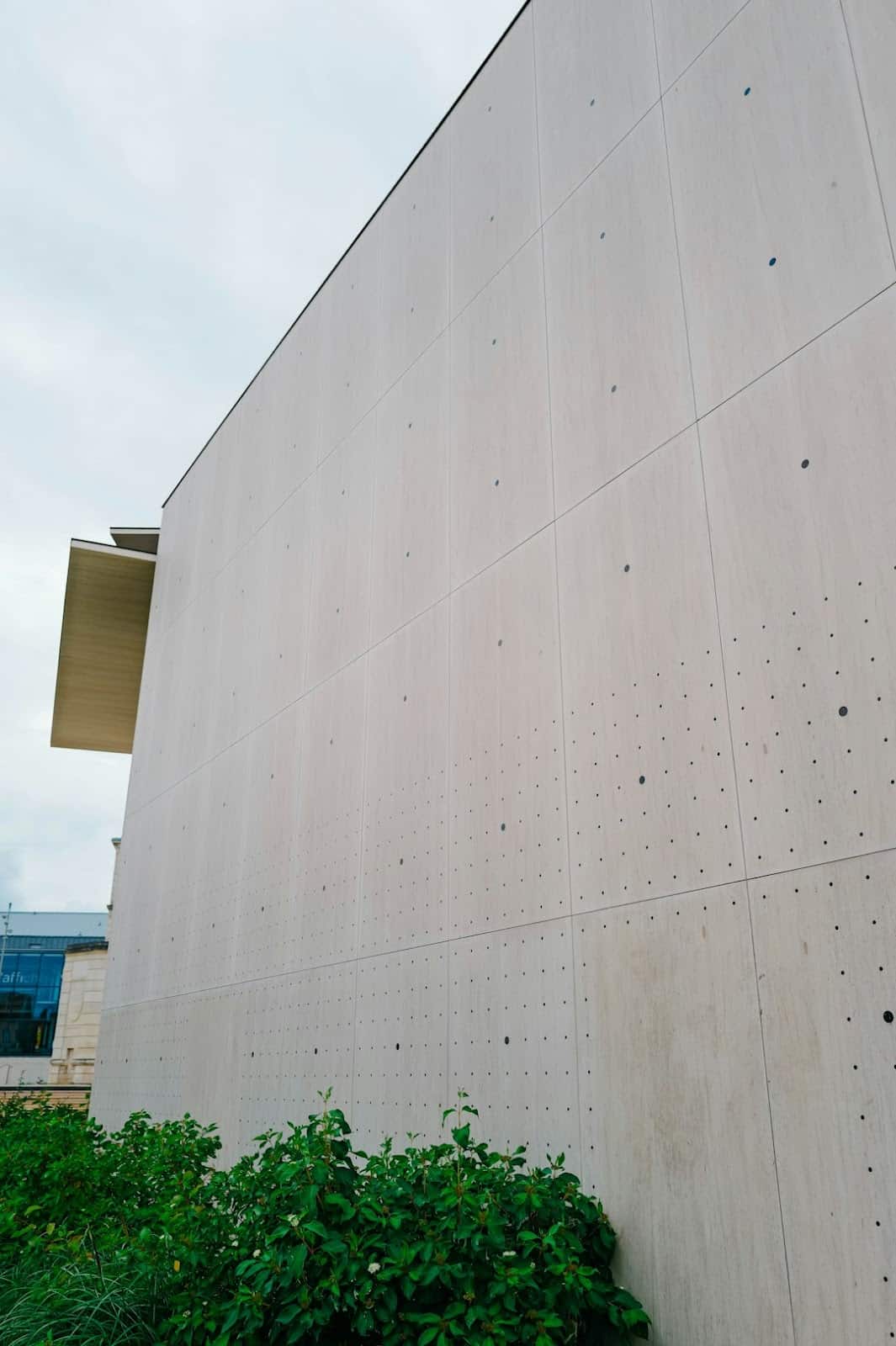When it comes to residential construction, understanding the different types of walls is essential. Walls not only define the spaces within a home but also support the structure and ensure safety. They play a crucial role in determining the layout, function, and aesthetic appeal of a house. In this article, we’ll explore the four major categories of walls in residential construction: load-bearing, non-load-bearing, shear, and non-shear walls. We’ll also delve into their functions, materials, and significance in building design, helping homeowners and builders make informed decisions about their construction projects.
Load-bearing walls are structural elements that carry the weight of the roof, floor, and other parts of the building above them. They transfer these loads down to the foundation, ensuring the stability and integrity of the structure. Without load-bearing walls, a building cannot stand. These walls are integral to the structural framework, often forming the backbone of a building’s support system. Understanding their placement and function is crucial for anyone involved in construction or renovation projects.
Materials Used
Common materials for load-bearing walls include:
- Concrete
- Brick
- Stone
- Steel-reinforced concrete blocks
These materials are chosen for their strength and durability, allowing them to effectively bear and distribute loads. The choice of material may vary depending on regional preferences, availability, and specific structural requirements. For instance, brick and stone are often favored for their aesthetic qualities, while concrete and steel-reinforced blocks are preferred for their superior strength and versatility.
Importance in Residential Construction
In residential construction, load-bearing walls are crucial as they provide the necessary support to the entire structure. They are typically found in the interior and exterior of homes and are essential in multi-story buildings, where they help distribute the weight of the upper floors. Ensuring that these walls are properly designed and constructed is vital for the building’s longevity and safety. Additionally, understanding which walls are load-bearing can influence renovation plans, as altering these walls requires careful consideration and often professional consultation to avoid compromising structural integrity.
Non-Load-Bearing Walls
What Are Non-Load-Bearing Walls?
Non-load-bearing walls, as the name suggests, do not support any of the structural weight of the building. Instead, they serve as partitions that divide spaces within a house. These walls can be removed or altered without affecting the building’s structural integrity. They offer a level of flexibility that is particularly appealing in residential design, allowing for the easy reconfiguration of living spaces. This flexibility makes them a popular choice in modern, open-plan homes where space and flow are prioritized.
Materials Used
Materials commonly used for non-load-bearing walls include:
- Wood
- Drywall
- Glass
- Light metal framing
These materials are selected for their ease of installation and modification. Wood and drywall are particularly popular due to their cost-effectiveness and versatility, while glass and light metal framing offer modern aesthetic options. The choice of materials can significantly impact the acoustics, insulation, and overall ambiance of the home, making it an important consideration in the design process.
Flexibility and Design
One of the key advantages of non-load-bearing walls is their flexibility in design. Homeowners can easily modify these walls to reconfigure spaces, add new rooms, or update the layout of a house without compromising its structural safety. This adaptability is particularly beneficial for growing families or changing lifestyle needs, allowing the home to evolve over time. Additionally, non-load-bearing walls can be used creatively to introduce design elements such as niches, shelving, or feature walls, enhancing both functionality and aesthetic appeal.
Shear Walls

by Adrien Olichon (https://unsplash.com/@adrienolichon)
What Are Shear Walls?
Shear walls are designed to resist lateral forces, such as wind and seismic activity. These forces can cause a building to twist or sway, and shear walls help prevent this by providing rigidity and stability. They are an essential component in the structural design of buildings located in areas prone to natural forces that exert horizontal pressure. By anchoring the building against such forces, shear walls play a crucial role in protecting the structure and its occupants from potential damage or collapse.
Materials Used
Shear walls are typically made of:
- Reinforced concrete
- Plywood or oriented strand board (OSB)
- Steel
These materials are chosen for their ability to withstand lateral forces and provide the necessary stiffness to the structure. Reinforced concrete is commonly used for its strength and durability, while plywood and OSB offer more cost-effective solutions without compromising performance. The selection of materials often depends on factors such as local building codes, environmental conditions, and budget considerations.
Role in Residential Construction
In areas prone to earthquakes or strong winds, shear walls are especially important. They are strategically placed to ensure that the building can withstand lateral forces, protecting the structure and its occupants. Proper placement and construction of shear walls are critical to their effectiveness, often requiring collaboration with structural engineers. These walls not only enhance the safety of the building but also contribute to its resale value, as homes with well-designed shear systems are often more attractive to buyers in high-risk areas.
Non-Shear Walls
What Are Non-Shear Walls?
Non-shear walls do not provide resistance to lateral forces. Instead, they serve other functions, such as partitioning spaces or providing support for non-structural elements like cabinetry or shelving. They are versatile components in building design, often utilized to enhance the functionality and aesthetics of interior spaces. Despite their lack of structural load-bearing capabilities, non-shear walls can contribute significantly to the overall design and flow of a home.
Materials Used
Similar to non-load-bearing walls, non-shear walls can be constructed from:
- Drywall
- Wood
- Glass
- Lightweight metal
These materials are selected for their versatility and ease of installation. The use of glass, for example, can create a sense of openness and light within a space, while wood and drywall offer more traditional partitioning solutions. The choice of materials can greatly influence the character and functionality of a space, allowing for personalized and innovative design solutions.
Functionality in Design
Non-shear walls are versatile and can be used for a variety of purposes in residential design. They offer flexibility in creating open floor plans or defining specific areas within a home. This adaptability allows homeowners to tailor their living spaces to their unique needs and preferences, creating environments that are both functional and aesthetically pleasing. Additionally, non-shear walls can serve as canvases for design features such as paint, wallpaper, or art installations, further enhancing the personalization of a home.
Comparing Wall Categories
Load-Bearing vs. Non-Load-Bearing
The main difference between load-bearing and non-load-bearing walls lies in their function. Load-bearing walls support the structural weight of the building, while non-load-bearing walls are primarily for dividing spaces and can be altered without affecting the building’s stability. Understanding this distinction is crucial when planning renovations or alterations, as it impacts both the process and cost of construction. Proper identification of these walls can prevent structural mishaps and ensure the safety and integrity of the home.
Shear vs. Non-Shear
Shear walls provide lateral stability to a building, which is crucial in areas with high winds or seismic activity. Non-shear walls, on the other hand, do not offer this resistance and are used for other purposes. Recognizing the role of shear walls in a building’s design can guide decisions about construction and safety measures, particularly in regions vulnerable to natural disasters. The choice between shear and non-shear walls should be informed by both practical needs and design aspirations, ensuring a balanced and secure architectural outcome.
Choosing the Right Walls for Your Home
When planning a residential construction project, understanding the different wall categories is vital. Here are a few considerations to keep in mind:
- Structural Needs: Determine which walls are essential for supporting the building and providing lateral stability. Consulting with professionals can help ensure that these walls are properly designed and constructed to meet safety standards.
- Design Flexibility: Consider how non-load-bearing and non-shear walls can be used to achieve the desired layout and functionality. The ability to adapt spaces to changing needs can add significant value and comfort to a home.
- Safety and Compliance: Ensure that shear walls are included in areas susceptible to lateral forces to meet building codes and safety standards. Compliance with local regulations not only protects occupants but also enhances the property’s marketability and resale value.
Conclusion
Understanding the four major wall categories in residential construction—load-bearing, non-load-bearing, shear, and non-shear walls—is crucial for anyone involved in building or renovating a home. Each type of wall serves a specific purpose, contributing to the overall safety, functionality, and design of the house. By selecting the appropriate wall types and materials, homeowners and builders can ensure a successful construction project that meets both structural and aesthetic goals.
Incorporating the right walls into your residential design is not just about aesthetics; it’s about ensuring the safety and stability of your home for years to come. Whether you’re working with load-bearing, non-load-bearing, shear, or non-shear walls, understanding their roles and functions will help you make informed decisions for a successful construction project. Thoughtful wall selection and placement can enhance the livability, safety, and market value of a home, providing peace of mind and satisfaction for its occupants.




